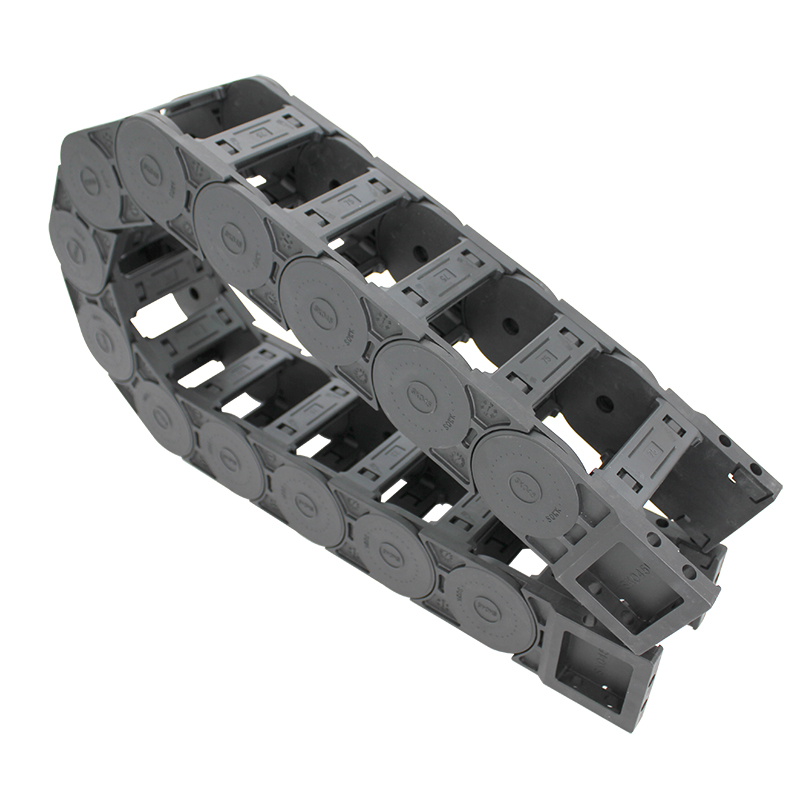Versatile Cable Management System for Efficient Organization and Easy Access
The Versatility of Flexible Cable Track Systems
In today's rapidly evolving technological environment, flexibility and efficiency are paramount, particularly in industrial and manufacturing settings. One solution that has gained traction is the flexible cable track system. These systems provide a dynamic approach to managing cables and hoses, ensuring smooth operations while minimizing clutter and hazards.
What is a Flexible Cable Track System?
A flexible cable track system is designed to guide and protect cables, hoses, and wires in a multitude of applications. These systems consist of a series of connected links or tracks that allow for movement in specified directions, accommodating the natural motion of moving machinery or equipment. They come in various forms, including rigid tracks and flexible chains, which can be custom-designed to fit the specific needs of an application.
Benefits of Using Flexible Cable Track Systems
1. Space Optimization In industrial environments, space is often at a premium. Flexible cable track systems help in optimizing the use of space by keeping cables organized and out of the way. This not only frees up floor space but also reduces the risk of tripping hazards.
2. Enhanced Durability These systems are designed to withstand the rigors of industrial use. Made from durable materials such as nylon, polyurethane, or aluminum, flexible cable tracks can resist wear and tear, ensuring longevity. This durability translates to lower replacement and maintenance costs over time.
3. Ease of Installation and Maintenance Installing a flexible cable track system can be relatively straightforward, depending on the complexity of the setup. Many systems come with kits that include all necessary components, along with clear installation instructions. Additionally, maintenance is simplified, as cables can be easily accessed and replaced without the need to dismantle entire setups.
flexible cable track system

4. Improved Cable Life By using a flexible track system, cables are prevented from being pinched, twisted, or pulled excessively. This reduced strain on the cables extends their operational life, leading to fewer interruptions and enhanced productivity.
5. Versatile Applications Flexible cable track systems are incredibly versatile and can be used across various industries, including automotive, manufacturing, robotics, and even entertainment. For instance, they are commonly applied in CNC machines, conveyor systems, and robotic arms, where dynamic movement is essential.
Customization and Scalability
One of the standout features of flexible cable track systems is their adaptability. Manufacturers can customize these systems to meet specific load requirements, track lengths, and bending radii. This means businesses can scale their systems to accommodate changing production demands, ensuring they remain efficient and up-to-date with technological advancements.
Environmental Considerations
As industries increasingly focus on sustainability, flexible cable track systems can also contribute positively. Many manufacturers strive to use recyclable or eco-friendly materials in their products, promoting greener practices within the industrial sector. Furthermore, by extending the lifespan of cables and reducing waste, these systems align well with sustainability goals.
Conclusion
In summary, flexible cable track systems represent a significant advancement in managing movement and flow in industrial applications. Their benefits—ranging from improved organization and space efficiency to enhanced durability and cable lifespan—make them an invaluable investment for businesses aiming to optimize their operations. As industries continue to evolve, the adoption of flexible cable track systems will likely increase, paving the way for more efficient, organized, and sustainable work environments.








